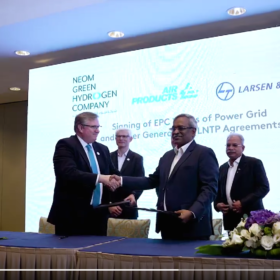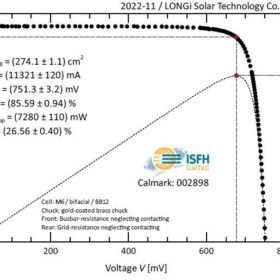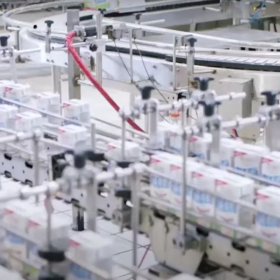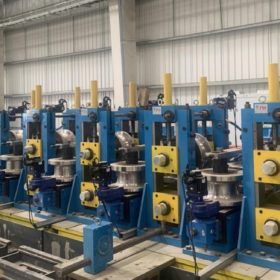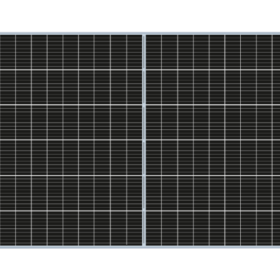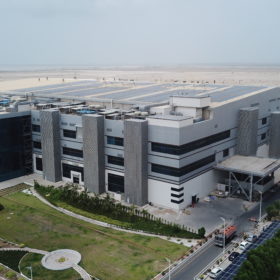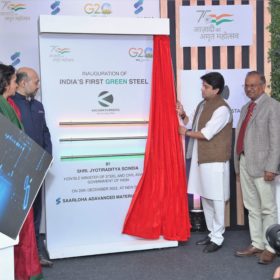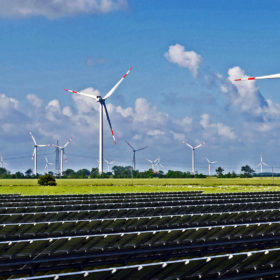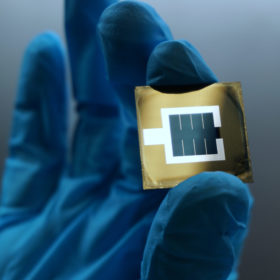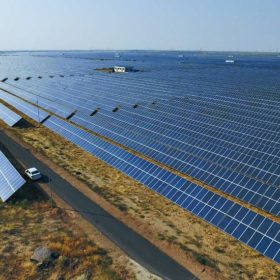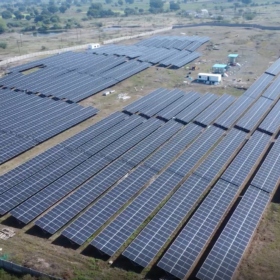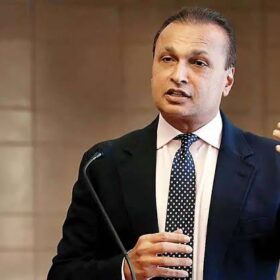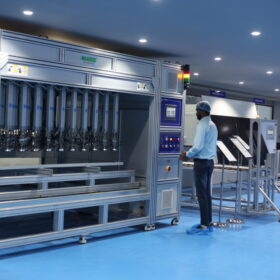Larsen & Toubro lands power EPC job for green hydrogen plant in Saudi Arabia
The Indian multinational EPC contractor has secured the power grid and power generation works for the 600 tpd green hydrogen plant being built by NEOM Green Hydrogen Co. in Saudi Arabia.
Longi claims world’s highest efficiency for p-type, indium-free HJT solar cells
Longi said it has achieved a 26.56% efficiency rating for a gallium-doped, p-type heterojunction (HJT) solar cell and a 26.09% efficiency rating for an indium-free HJT cell, both based on M6 wafers. Germany’s Institute for Solar Energy Research in Hamelin (ISFH) has confirmed the results.
Schneider Electric to double its manufacturing capacity
The company will consolidate six of its existing ten factories in Bengaluru to launch one of its largest smart factories, globally. The new factory will leverage new-age technologies for operational efficiency and reduced cost.
Arctech signs 2.8 GW solar tracker deal in India
The China-based solar tracking and mounting solutions specialist has secured the order to supply 2.8 GW of its SkyLine II single-axis solar trackers for a PV project in the Indian state of Gujarat.
Sunbond unveils 550 W mono PERC module
The Gujarat-based manufacturer has introduced mono PERC modules built with 144 half-cut M10 cells and ten busbars. These are available in power outputs ranging from 520 W to 550 W.
Adani Solar becomes India’s sole producer of large-sized monocrystalline silicon ingots
Adani Solar has started the production of large-size monocrystalline silicon ingots for M10 and G12 wafers. It targets 2 GW of ingot and wafer capacity by the end of 2023 and 10 GW by 2025.
SJVN tenders BoS package for 125 MW solar in Bihar
SJVN Green Energy has tendered the balance-of-system (BoS) package for a 125 MW (AC) solar plant in Bihar. Bidding closes on January 17.
“Govt looking at both supply and demand side drivers for green steel production”
Union steel minister Jyotiraditya Scindia said yesterday the government has put in place a national green steel policy and is looking at both demand-side and supply-side drivers for decarbonizing steel production.
CleanMax and Meta partner on 33.8 MW of wind-solar project
CleanMax Enviro Energy Solutions will develop 33.8 MW of wind-solar project to power Meta operations in India.
Researchers achieved world record 32.5% efficiency for a perovskite tandem solar cell
A group of researchers from Helmholtz-Zentrum Berlin (HZB) has achieved a new world efficiency record for a silicon-perovskite tandem solar cell, with a certified efficiency of 32.5%.
